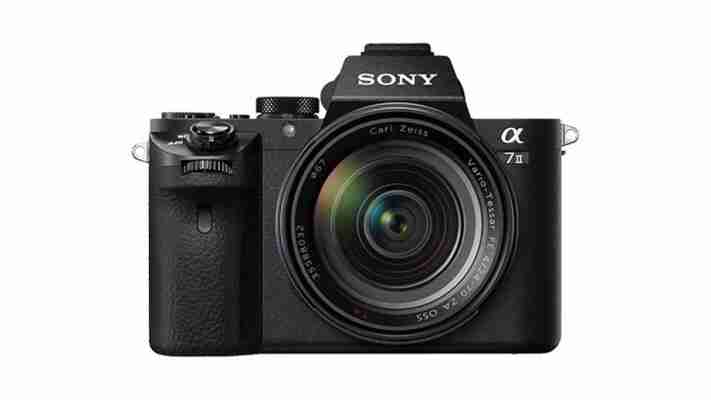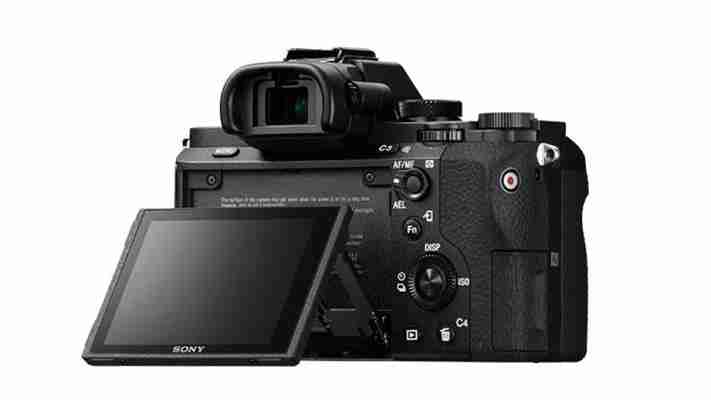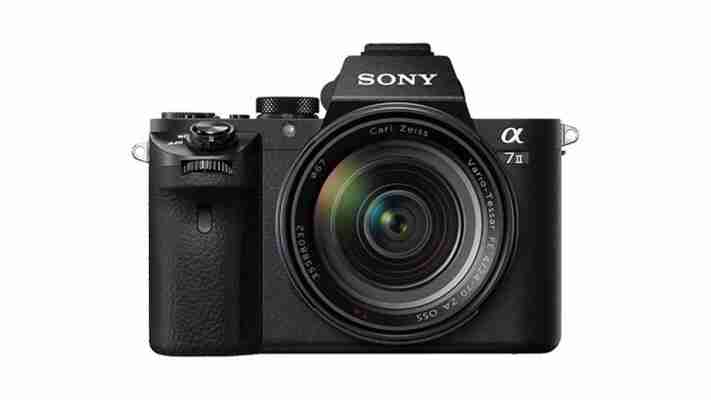Sony has officially announced the Alpha 7 II, the latest addition to the company's high-end digital SLR range. The full frame mirrorless camera is an evolution of the current Alpha a7 , gaining in-body 5-axis image stabilisation for the first time. The technology isn't only a first for the Sony range, either; it's the first time it has appeared in any full-frame mirrorless camera.

By itself, the IS system can reduce camera shake up to 4.5 stops (based on the CIPA standard). If an E-mount lens with its own optical steady shot (OSS) image stabilisation is used, the camera will combine the two, falling back to 3-axis stabilisation on the body.
Internally, the Alpha 7 II has the same 24-megapixel, full-frame sensor as the original Alpha 7, along with 117 phase detect points and 25 contrast detect points. Sony says autofocus speed has been increased by 30%, while tracking performance has improved by 1.5x.

Sony has also improved on ergonomics, adding a larger grip and a front dial to make changing settings a little smoother. The lens mount has been reinforced to better support heavier lenses, the front panel is made from magnesium alloy rather than plastic, and the shutter release button has been moved to create a more natural shooting position. You still get an articulated screen for easier shot composition and a rear control dial, like the original.
In terms of video, the Alpha 7 II includes support for the XAVC S codec, meaning 1080/60p video recording at 50Mbps.
The Alpha 7 II will be launching in Japan first on the 5th of December, with other territories set to follow at an unspecified point in the future. It is set to cost ¥190,000, which is roughly £1,050 before tax and VAT. Hopefully Sony will announce UK availability soon, but in the meantime

